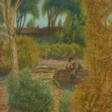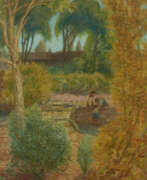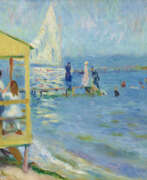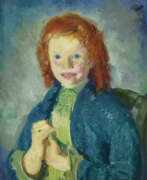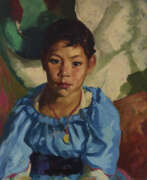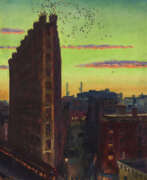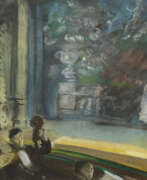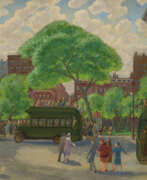Ashcan School

Ashcan School
The Ashcan School, also known as the Ash Can School, was an American art movement that began in the early 20th century. Characterized by its focus on depicting daily life in New York City's poorer neighborhoods, the movement represented a shift from the refined subjects and styles of American Impressionism and Academic Realism. Artists like Robert Henri, William Glackens, George Luks, Everett Shinn, and John Sloan formed the core of this group, capturing the raw, visceral reality of the city with darker tones and more vigorous brushwork.
The Ashcan School is notable for its portrayal of urban subjects in a gritty, realistic manner, often illustrating the harsh realities of urban life such as poverty, immigration, and the working class. Their work embraced the vitality of life, with George Bellows' depiction of boxers and John Sloan's scenes of bars reflecting the movement's emphasis on everyday subject matter and the urban poor. Despite its initial impact, the Ashcan School's prominence was relatively short-lived, as the introduction of European modernism to the American public at the 1913 Armory Show soon overshadowed it.
Today, works by Ashcan artists are housed in prestigious institutions like the Brooklyn Museum, the Detroit Institute of Arts, and the Museum of Fine Arts in Boston. The Ashcan School's legacy lives on, continuing to influence and inspire contemporary art and artists.
For those interested in the rich tapestry of American art history, the Ashcan School remains a compelling chapter. Collectors and art enthusiasts who wish to explore this pivotal movement can sign up for updates from galleries and museums, ensuring access to the latest exhibits and auctions featuring the works of these groundbreaking artists.
| Country: | America, USA |
|---|---|
| Start of the period: | 1908 |
